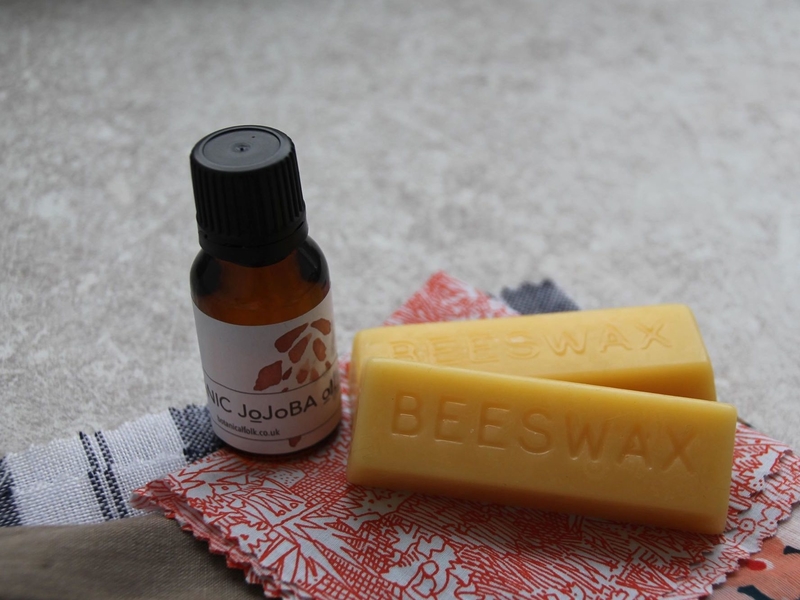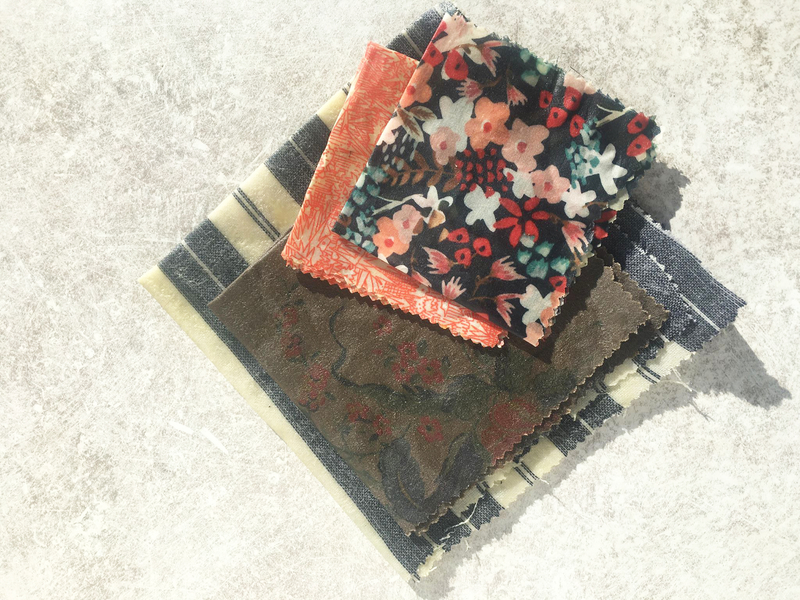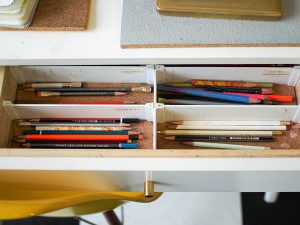Midge Ryan, creator of Instagram account @plasticfreephd, shows us how to make this great alternative to clingfilm

Last time, we quizzed Midge, the creator of the plastic-free Instagram account @plasticfreephd, on her top tips and thoughts on living more plastic-free. This time, she’s sharing her DIY recipe for homemade beeswax wraps.
Midge says beeswax wraps are a great alternative to cling film and can be reused again and again and simply wiped clean in-between uses.

There are loads of companies that make them but they can be quite expensive, but definitely worth the initial cost. If you fancy making your own it’s a fairly

Recipe
The basic recipe is 3 tbsp of beeswax pellets or a grated beeswax bar, 1 tbsp of pine resin, 1 tbsp jojoba oil and roughly 4 squares of 100% cotton muslin fabric.
- Preheat oven to about 100 degrees. Melt the ingredients together in a double boiler, then place the fabric right side down onto a baking sheet lined with greaseproof paper.
- Paint the melted mixture onto the fabric using a basting brush or paintbrush ensuring you get an even layer and then place it in the oven for 2 minutes.
- The wrap can then be taken out and the brush used again to ensure all the fabric is covered and then placed back in the oven for a further 1 minute. When taking the wrap out of the oven use a pair of tongs to lift the edge of the wrap and allow excess wax to drip off the fabric.
- It can then be placed on a wooden chopping board or clothes airing rack to dry. It’s then ready to use to wrap your sandwiches or cover a bowl of leftovers.




